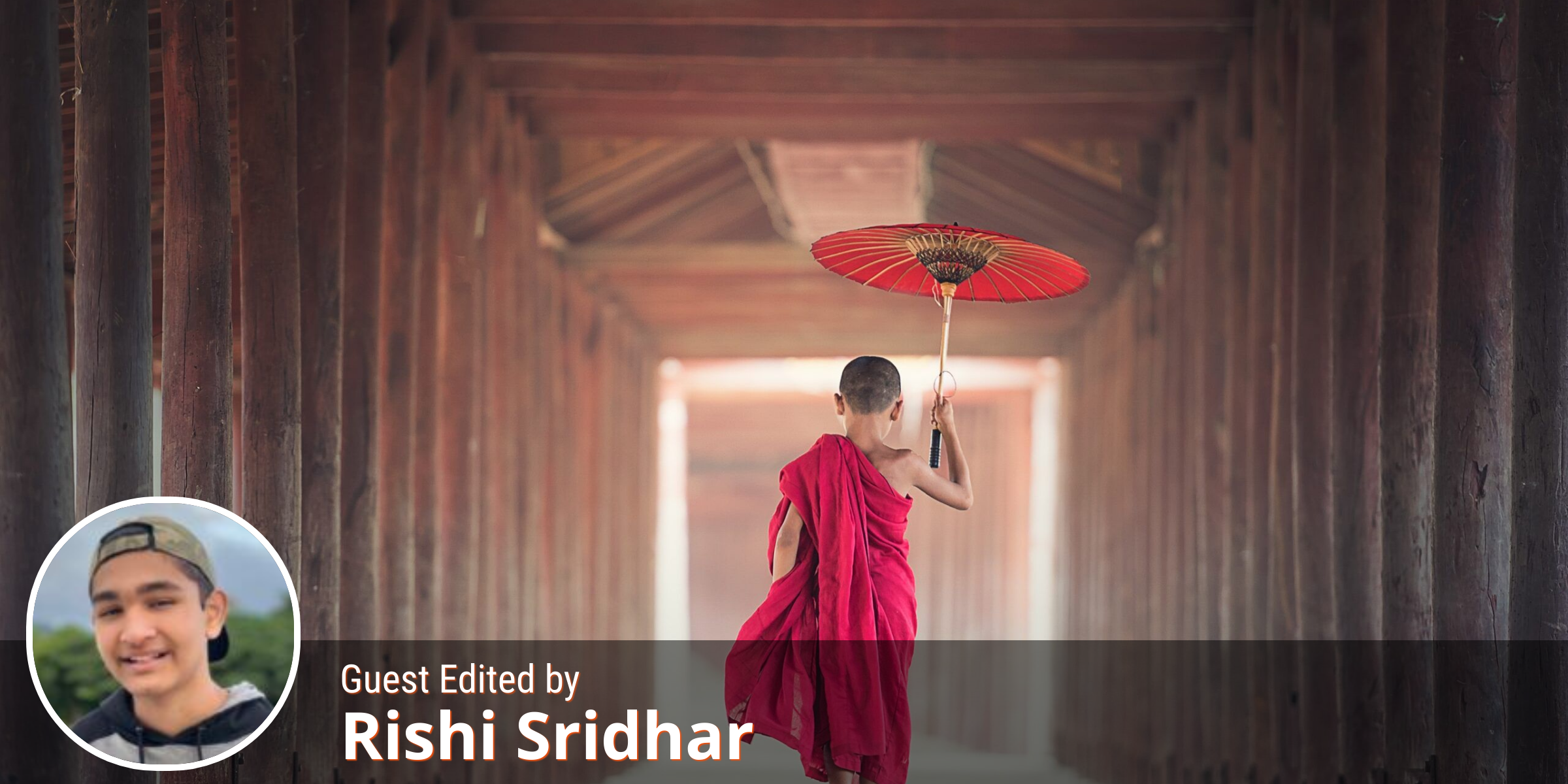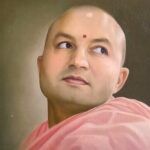I recently returned home from a fabulous trip to India. In addition to all the travel adventures, I also enjoyed reading Fyodor Dostoevsky’s The Brothers Karamazov.
This classic novel, full of wonderful anecdotes and thought-provoking tales, is the story of three brothers representing the three Gunas: Sattva, Rajas and Tamas. Having these three in the same family leads to many fateful events.
The youngest brother, Alyosha, who embodies Sattva Guna, is an aspiring monk striving to attain enlightenment. In one particularly touching incident, he walks by a group of boys. Suddenly, one of the boys attacks Alyosha with a stone. Instead of getting angry, the aspiring monk approaches the boy and enquires about the reason behind his misdeed.
In response, the child fumes at Alyosha and tells him that one of his brothers publicly fought and humiliated his father. Alyosha comforts the child and apologizes for his brother’s actions. The child walks away, struggling to understand the rationale behind the aspiring monk’s kindness.
Genuine monks are some of the kindest and calmest people on earth. Those like the 14th Dalai Lama and the late Thich Nhat Hanh are known for their incredible compassion and patience. They were kind because that had become their nature. Getting to that stage is no easy task in the arduous journey of enlightenment.
That’s why the roles of Sushree and Brahmachari exist in Hinduism (or Sanatana Dharma). And once these aspiring monks attain a higher level of mastery enough to become teachers, they are venerated by the title of Swami, Sadhvi, or something similar.
Luckily, in today’s world, we don’t have to search in remote monasteries to find these monks. We have many beautiful ones walking around in front of us. Not just that, many of our beloved monks inspire us with their engaging posts and extraordinary life stories here on os.me.
This editorial is dedicated to these remarkable individuals. I hope you enjoy reading their lovely stories, some of which indicate what moulded them into the persons they are today!
Transformative Ideas
The Legend of Om Swami – I had the pleasure of meeting with Sadhvi Vrinda when I visited the Ashram. Her poetry resembles her speech — soft, kind, and powerful. In this poem, she uses several literary techniques to create beautiful imagery. This poem’s title has a classical tone, but it follows the abstract poetry of recent times. This free-form and attractive word choice helps create the image of Swamiji in a unique style.
Starting from Scratch – Sushree Diya narrates her tough times with PMDD in this post. Fortunately, her surgery went fine. Although she had to brave some less-than-perfect treatments, everything worked out well. It’s an uplifting story that centers around the idea of “if they can do it, why can’t I?”
सार्थक जीवन – “दूसरो के सुखों से ईर्ष्या करते हुए / हम कभी अपने सुखों को देख ही न सके” is my favorite pair of lines in this excellent piece of poetry by Brahmachari Amit. There are plenty of quotable sections in this soulful verse. What’s the one that you liked the most?
Presence – I also met Sadhvi Nishtha during my ashram trip. She made the library there welcoming with her quiet charm. She penned this poem, which expresses raw emotions of faith and surrender and beautifully captures her devotion to her guru. This ode to Swamiji is definitely a worthy read.
Resignation at Crossroads – This poem by Sushree Nitya seems fatalistic at first. However, the careful capitalization of the poem, the cautious line breaks, and the awesome alliteration in the last line indicate otherwise. See if you can spot all the hints in the poem suggesting that it is about surrender.
अंतिम पड़ाव – The concluding part of this series is a fitting end to a captivating journey. Sadhvi Shraddha has written around 200 pages of tantalizing fiction based on the tales of Devi. Take the time to read it because it’s absolutely worth your while! It was started on a beautiful occasion as well – the day that Swamiji received his vision of the divine.
Dogs in the Garden – This thought-provoking post by Swami Prabhavananda opens with a cute story of a dog and her puppy. After you’ve “aww” -ed enough (and be sure to look at the photo of the puppy all grown up), it’s time to learn how this applies to our lives.
साधू की क़लम से – २ – This post by Swami Vedananda is clever and gripping at the same time. It has some exciting tales that are wonderfully told, such that they leave some questions unanswered. Vidu Swami also leaves a few brain teasers at the end for us to ponder. Who was right? What could they have done better? Try to find out!
Watch it Now!
Wisdom from Om Swami
Vision of the Goddess: This post contains an intense video where spiritual leader Om Swami shares his first-hand account of what happened when he got his first comprehensive, living, and unambiguous vision of the goddess, the Divine Mother!
Three Kinds of People: ‘There are many spiritual traditions in the world where monks are to lead austere lives. What’s more, my own perspective towards gurus and monks wasn’t too varied while growing up. I was just as quick to judge them. My view began shifting when I spent some time at Naga Baba’s ashram,” writes spiritual leader Om Swami as he shares an important thought with the readers.
PS: Those who opted for the group writing activity will receive the details today.
PPS: Did you find this Digest useful? Let me know in the comments. Know someone who’d find it helpful? Share this post with them and introduce your friends and family to our phenomenal Karma program.








Comments & Discussion
85 COMMENTS
Please login to read members' comments and participate in the discussion.